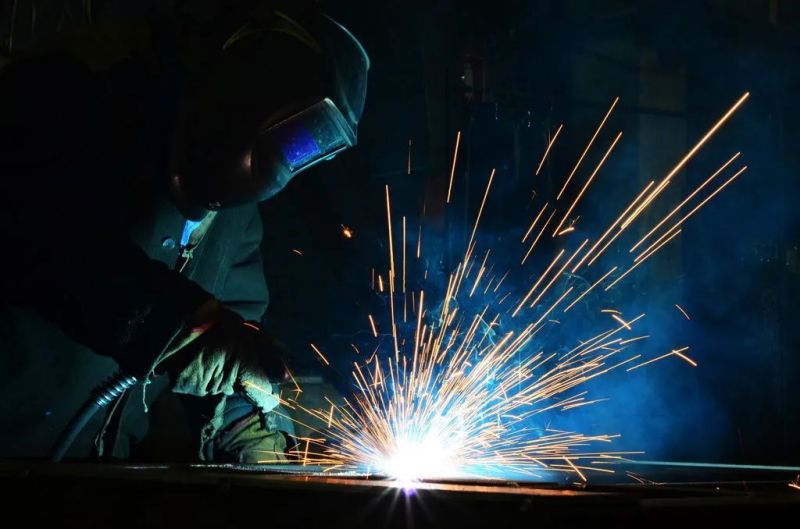
1. DC forward connection (i.e. forward connection method):
The forward connection method refers to a wiring method used to measure the dielectric loss factor in the Xilin bridge circuit test. The dielectric loss factor measured by the forward connection method is small, and the dielectric loss factor measured by the reverse connection method is large. Compared with the reverse connection method, the forward connection method can effectively reduce the impact of the antihalo layer surface resistance on the dielectric loss factor test value.
2. DC reverse connection (ie reverse connection method):
Refers to a circuit connection method during welding. In tungsten arc welding, DC reverse connection has the effect of removing the oxide film, which is called "cathode fragmentation" or "cathode atomization".
The effect of removing oxide films also exists in the reverse polarity half-wave of AC welding. It is an important factor in successfully welding aluminum, magnesium and their alloys.
3. When welding, you need to specifically choose DC forward connection or DC reverse connection according to the needs of the welding materials.
Practice has proved that when DC is reversely connected, the oxide film on the surface of the workpiece can be removed under the action of the arc to obtain a bright, beautiful and well-formed weld. If the wire rod can be separated from the ground, the on-site test should use the positive connection method as much as possible.
Xinfa welding equipment has the characteristics of high quality and low price. For details, please visit: Welding & Cutting Manufacturers - China Welding & Cutting Factory & Suppliers (xinfatools.com)
Extended information
The principle of DC reverse connection:
When the DC is reversed, the oxide film on the surface of the workpiece can be removed under the action of the arc to obtain a bright, beautiful and well-formed weld.
This is because metal oxides have small work functions and easily emit electrons, so cathode spots are easy to form on the oxide film and generate arcs. The cathode spots have the property of automatically searching for metal oxides.
The energy density of the cathode spot is very high, and it is hit by the positive ions with large mass, which breaks the oxide film.
However, the heat effect of DC reverse connection is detrimental to welding, because the anode of tungsten argon arc welding heats more than the cathode. When the polarity is reversed, electrons bombard the tungsten electrode and release a large amount of heat, which can easily overheat and melt the tungsten electrode. At this time, if a welding current of 125A is to be passed, a tungsten rod with a diameter of about 6mm is needed to prevent the tungsten electrode from melting.
At the same time, because there is not much energy released on the weldment, the weld penetration depth is shallow and wide, the productivity is low, and only about 3mm thick aluminum plates can be welded. Therefore, DC reverse connection is rarely used in tungsten arc welding except for welding aluminum and magnesium thin plates.
Post time: Feb-27-2024



